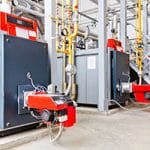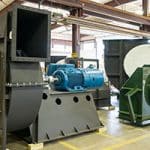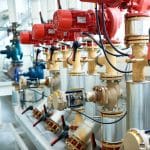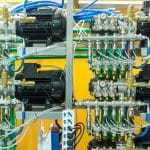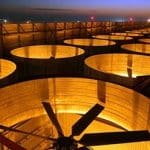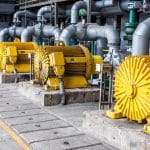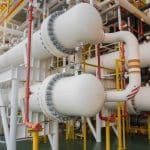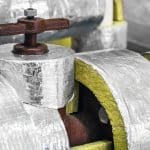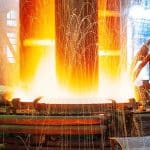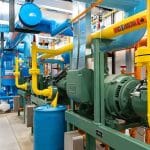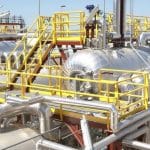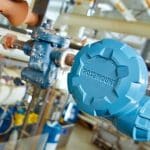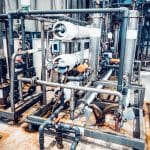The 3 kEys
- Rather than operating pumps at capacities that exceed actual system requirements, with designs that incorporate oversized pumps or conservative safety margins, simply align pump operations with real-time demand. Then, take the savings to the bank.
- Operating all pumps simultaneously at partial loads is inefficient. Run fewer pumps at their optimal performance points.
- Leaks and unnecessary pressure drops within the piping network force pumps to work harder, thereby consuming more energy. Identify and rectify those leaks in pipe joints, valves, and fittings, and reduce the load on your pumps.
Facilities Managers can implement several low and no-cost strategies to achieve significant energy savings, and below is an exploration of these strategies, supplemented with case studies and authoritative resources.
Adjusting Pump Operation to Match System Demand
A primary issue in industrial settings is the operation of pumps at capacities exceeding actual system requirements. This often results from initial designs that incorporate oversized pumps or conservative safety margins, leading to unnecessary energy consumption. Facilities Managers can address this by aligning pump operations with real-time demand, and this alignment can be achieved through methods such as impeller trimming, adjusting control valves, or implementing variable frequency drives (VFDs) to modulate motor speeds. castlepumps.com has some ideas worth reading about.
On another front, the article “7 Ways to Improve the Energy Efficiency of Your Pump” discusses how impeller trimming can tailor a pump’s performance to the specific requirements of the system, thereby reducing energy wastage.
The use of VFDs to allow for precise control of pump speeds, ensuring that energy consumption aligns closely with system demands. See NEMA’s power point on the subject, here: Variable Frequency Drive Benefits with Pumps
Addressing System Leaks and Pressure Drops
Leaks and unnecessary pressure drops within the piping network compel pumps to work harder, thereby consuming more energy. Identifying and rectifying leaks in pipe joints, valves, and fittings is a straightforward approach to reduce the load on pumps. Additionally, optimizing the piping design to minimize friction losses—such as by reducing sharp bends and ensuring appropriate pipe diameters—can enhance overall system efficiency.
The article “7 Ways to Improve the Energy Efficiency of Your Pump” also emphasizes the significance of limiting pipework pressure loss. By optimizing system pipework to reduce frictional pressure drop, facilities can decrease the power required by pumps, leading to energy savings.
Optimizing Pump Staging and Sequencing
In systems equipped with multiple pumps, proper staging and sequencing are essential for maximizing efficiency. Operating all pumps simultaneously at partial loads can lead to inefficiencies. Instead, running fewer pumps at their optimal performance points can result in energy savings. Implementing dynamic scheduling based on real-time demand ensures that pumps operate only when necessary, thereby reducing energy consumption.
The article How to Increase Centrifugal Pump Efficiency by C&B Equipment discusses the benefits of using multiple pumps in parallel. This strategy can improve efficiency and lower energy consumption by distributing the load more effectively across the pumps.
Leveraging Data and Monitoring for Continuous Improvement
Continuous monitoring of pump performance enables facilities managers to identify inefficiencies promptly and implement corrective measures. Utilizing sensors and data analytics can provide insights into parameters such as flow rates, pressures, and energy consumption. This data-driven approach facilitates informed decision-making and continuous optimization of pump operations.
The U.S. Department of Energy’s resources on “Pump Systems” provide tools and best practices for assessing and enhancing the efficiency of pumping systems. By applying these energy management practices and utilizing energy-efficient equipment, facilities can achieve substantial energy and cost savings.
The Big Finish
By implementing these low and no-cost operational measures—such as aligning pump operations with system demand, maintaining equipment proactively, addressing leaks and pressure drops, optimizing pump sequencing, and leveraging continuous monitoring—Facilities Managers can significantly enhance the energy efficiency of centrifugal pumps.
These strategies not only reduce energy consumption but also contribute to the overall sustainability and cost-effectiveness of your industrial operations.




